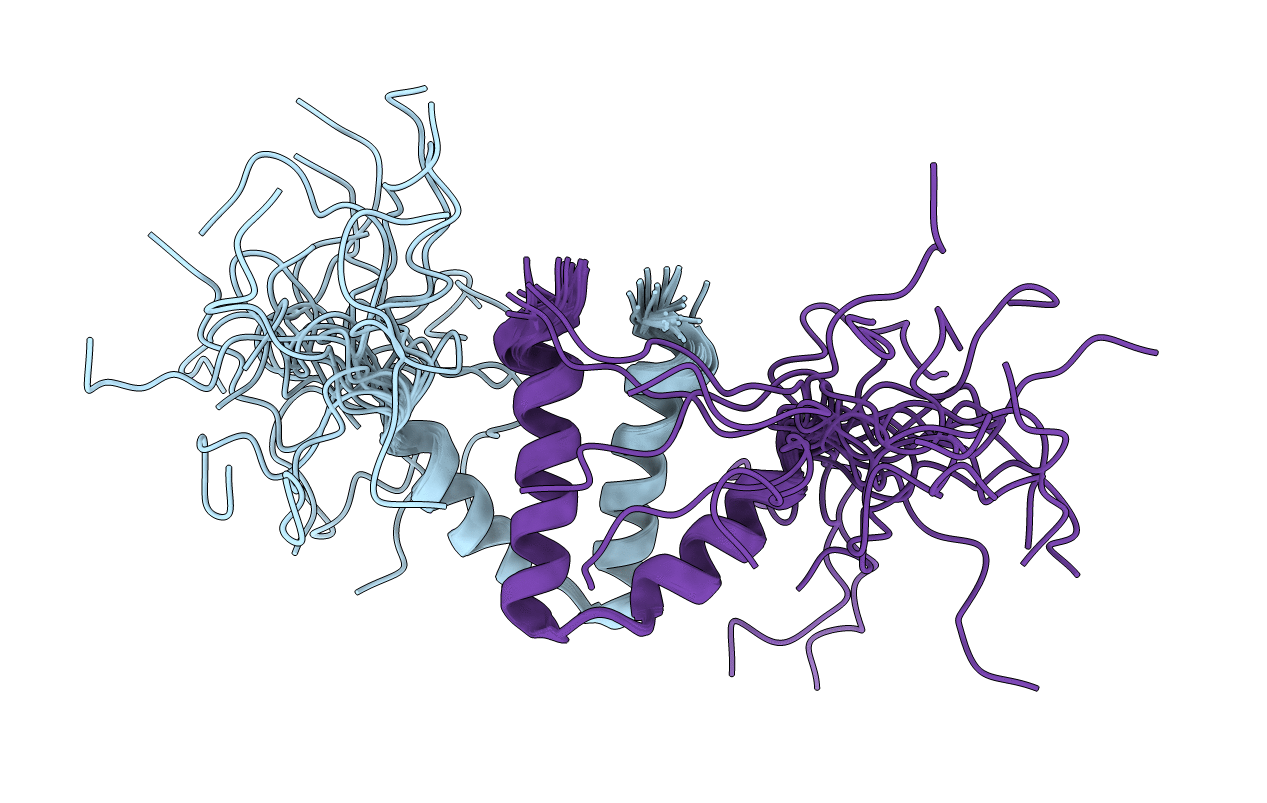
Deposition Date
2019-11-08
Release Date
2020-08-12
Last Version Date
2024-07-03
Entry Detail
Biological Source:
Source Organism:
Burkholderia ambifaria AMMD (Taxon ID: 339670)
Host Organism:
Method Details:
Experimental Method:
Conformers Calculated:
50
Conformers Submitted:
25
Selection Criteria:
structures with the least restraint violations


